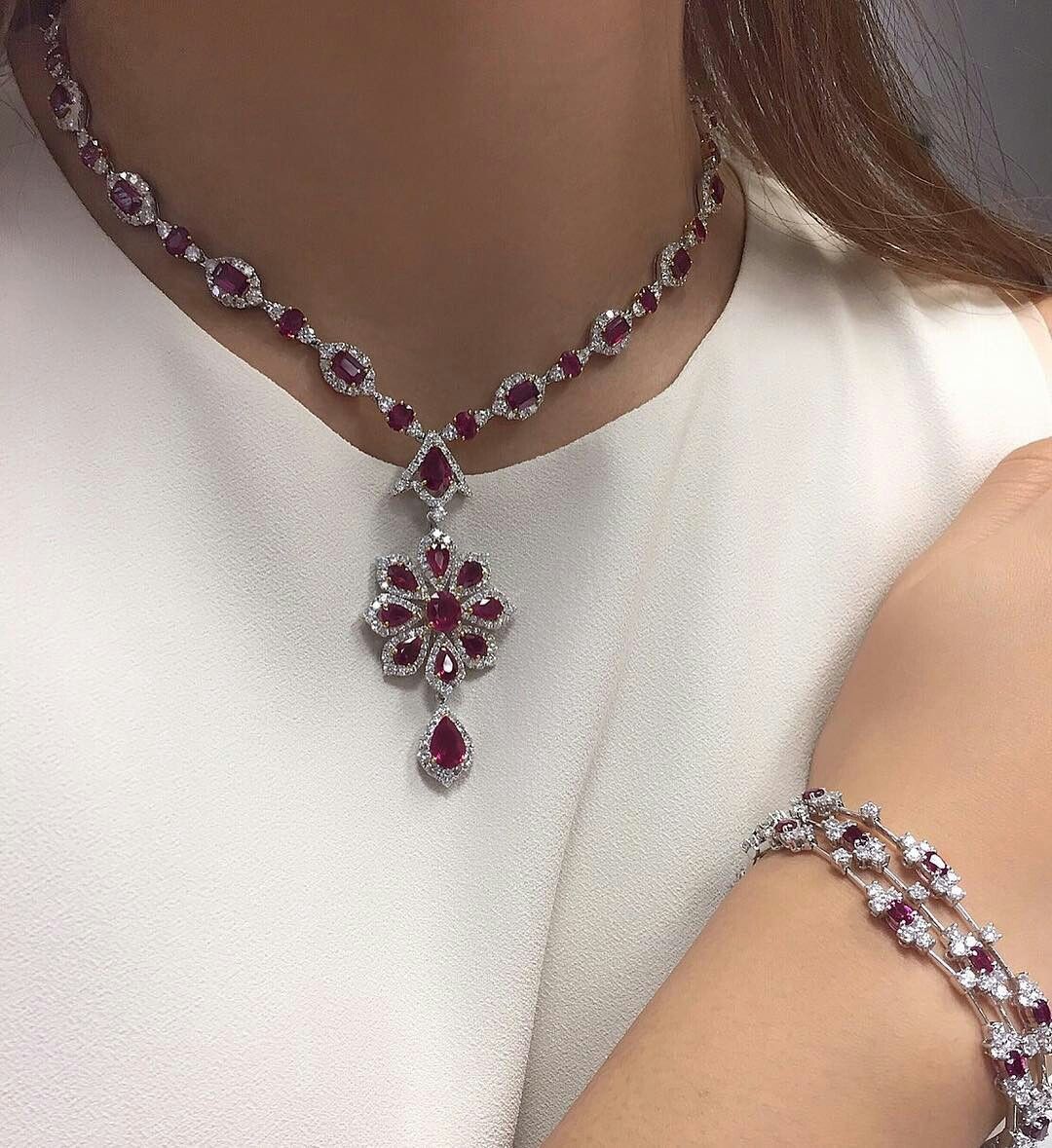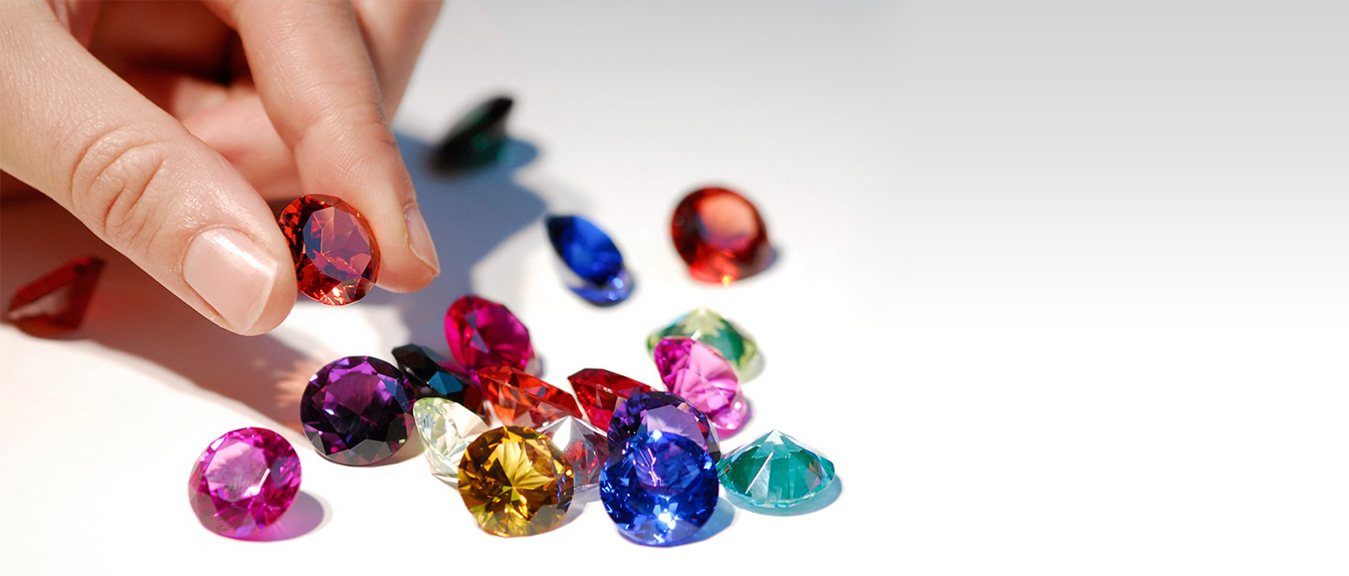What is a Gem?
A gem is a natural material suitable for use as an ornament. It has three characteristics: It should be beautiful, durable, and rare. Beauty is not, of course, a scientific category but in the eyes of most beholders, beautiful gems are usually transparent and either colourless or vividly coloured. Some gems, such as opals or well-cut diamonds, show flashes of bright colour as the gem is moved. Some phenomena allow or require reduced transparency; these include cat's eyes (chatoyancy) and stars (asterism). Other gems, such as alexandrite, change colour with different light sources. Some opaque gems, such as lapis lazuli, display an intensity of colour that more than compensates for their lack of transparency. Durability in a gem means that it is resistant to scratching and impact. 
The hardness of a mineral is measured on the Mohs scale, according to which the softest mineral (talc) is 1 and the hardest (diamond) is 10. Gems that are to be worn as jewellery should rate 7 at least because then they cannot be scratched by the microscopic grains of quartz that are present in everyday dust. The corundum gems ruby and sapphire are durable enough to be used as watch bearings and faces and can be scratched only by diamonds. Diamonds, as hard as they are, can be shattered or cleaved (broken in parts) by impact. The jades-jadeite and nephrite are perhaps the toughest gems. They are not single crystals but are made of interlocking grains. This means that they are hard to break, but at the same time amenable to being carved. The rarity of a gem can work against it commercially. If a gem is very uncommon, too few people are familiar enough with it to appreciate it. A more widely available gem material will inevitably exhibit more variations in colour, clarity, size, and other qualities, allowing buyers greater choice. However, certain colours, clarities, and sizes will be rarer than others.
The most common gem materials naturally tend to be the least expensive, but fine workmanship in the cutting and mounting of a gem can turn an inexpensive rough into something valuable and desirable. No gem is impervious to every condition to which it may be exposed. Some gemstones, such as most emeralds, are brittle; others, such as tanzanite, are very prone to cleavage or breakage. Pearls are extremely soft, and can even be damaged by the oils in the skin. The popularity of these more fragile gems demonstrates that beauty is by far the most important factor when it comes to gemstones. However, durability will govern the use to which a gem is put; whether it is worn daily in a ring, brought out for special occasions only, or kept as part of a collection.
Language of gemstones
Gems are defined and identified according to various characteristics, which are listed for each of the gems in the following directory. Those are some of the essential properties and categories that are used by mineralogists to classify gemstones. Class: The chemical composition and structure of the gem. Some groups of atoms are considered to form the "backbone" of the crystal structure. Examples include carbon-oxygen groups SWA(carbonates), phosphorus-oxygen groups (phosphates), and several configurations of silicon-oxygen groups (such as chain silicates and cyclosilicates).
Crystal system: The basic symmetry of a mineral at the atomic scale, which dictates how it grows. There are seven crystal systems: isometric (or cubic), tetragonal, hexagonal, trigonal, orthorhombic, monoclinic, and triclinic. A material that is disorganized at the atomic scale, such as natural glass, is termed amorphous. Some gem materials do not have an order on the atomic scale, but are organized on larger scales; these include opals, and also organic structures such as shells and pearls.
Composition: The atomic content (chemistry), usually described by a mineral formula listing the defining atoms in the mineral and their relative proportions.
Refractive index: The atoms in a crystal slow downlight, compared to its speed in a vacuum. The refractive index measures this slowing. Since atoms can be more closely packed in some directions than in others, slowing the light more in the denser directions, some minerals have two or even three refractive indices.
Birefringence: The difference between the highest and lowest refractive index in a mineral that has more than one refractive index value.
Dispersion: Each colour of the spectrum has its own associated wavelength. The refractive index of a material is different at different wavelengths (so the proper refractive index is measured at 589 nm, in the yellow region of the spectrum). Dispersion measures the difference in refractive index (for light travelling in the same direction) between blue-violet light (at 486 nm) and red light (at 656 nm).
Specific gravity: Specific gravity measures
how much an object weighs relative to the same volume of water. A gem with high specific gravity, such as white jadeite, will feel heavier in the hand than one with low specific gravity, such as white opal
Hardness: This is the resistance of a material to scratching. A harder mineral scratches a softer mineral, Hardness is measured using the Mohs Scale, according to which talc has a hardness of 1. gypsum 2, calcite 3, fluorite 4. apatite 5, orthoclase 6, quartz 7, topaz 8, corundum 9, and diamond 10.
Cleavage: This is the natural tendency of a mineral to break along flat planes. These breakage surfaces correspond to planes where the bonding between atoms is weak.
Fracture: This is the way a mineral breaks along lines other than a flat cleavage plane A fracture may be described as, for example, conchoidal (curved, or "shell-like"), hackly (jagged), splintery, or uneven.
Habit: This refers to the common way a mineral grows, such as in cubes, kidney-like masses, and so on.
